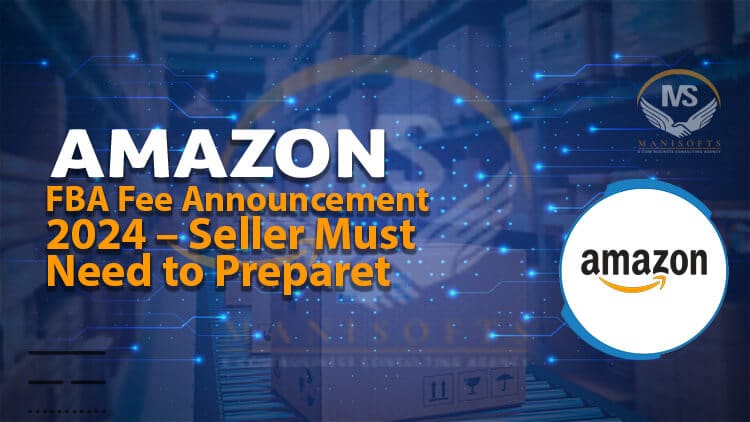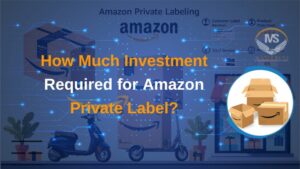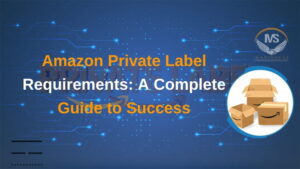The dates of these modifications are set for February 5, 2024, and April 15, 2024. After introducing new granular tiers, there will be a general cost decrease of 4% for all size tiers. Amazon announced changes to its fee schedule in 2024 in an effort to achieve a balance between the needs of sellers using its fulfillment service, FBA, and the running expenses of maintaining a vibrant and effective marketplace.
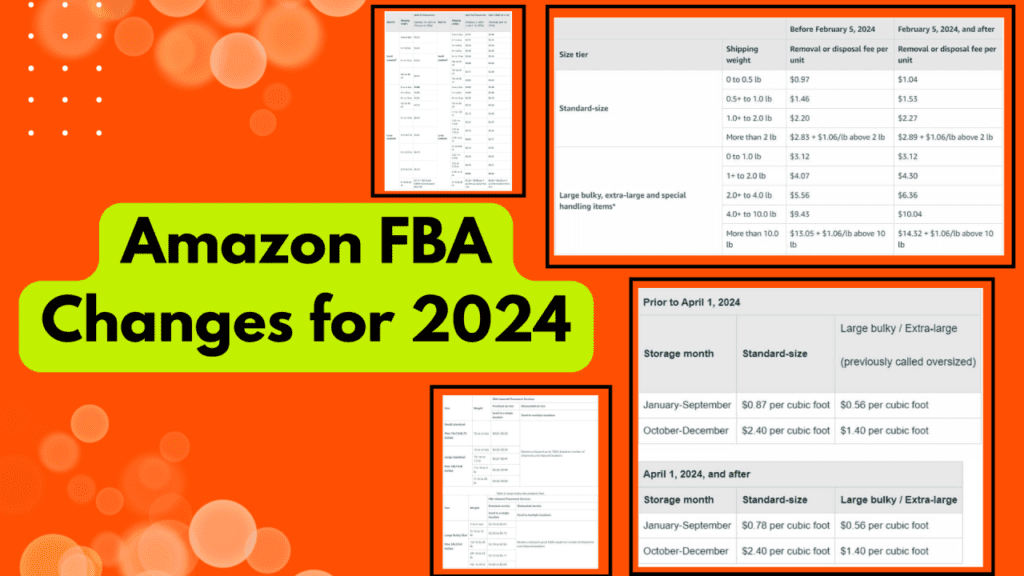
There is an increase in certain fees and a decrease in others. Enhanced value and operational efficiency are the goals of these changes. But the good news is that they won’t apply the next day! You’ll have plenty of time to get ready for this. Furthermore, there has been a lot of negative feedback regarding those fee changes, so who knows? Maybe they will change before they actually take effect as planned. We shall go into great depth about these fee adjustments that will take effect in 2024 in
this post. There are actually ten or eleven news stories about fee adjustments that take effect in 2024. We will examine each one and attempt to dissect them as much as we can. Let’s first review Amazon‘s most recent email regarding the charge adjustments before
delving further into the specifics. Amazon said that – “will focus on how we cooperate jointly to inbound and place supplies across our network. Keeping inventory near clients speeds up orders,
increasing sales at a reduced cost of transportation. To facilitate more efficient use of
our network, we will begin charging separately for inbound and outgoing activity. As a result, we will lower our export fees while creating new inbound fees that you may decrease or prevent entirely based on how you inbound products.
Amazon FBA sellers may need to pay an additional $0.15 for each unit sold.
As an overview of the impact of these Amazon charge changes, Amazon sellers may expect an average fee increase of $0.15 per unit sold. However, Amazon adds that the rise is “significantly less than other logistics providers.” But these rates are much less than the increases announced by other logistics companies. Amazon is actually a type of logistics partner. They face competition from other
providers of logistical services, such as UPS, FedEx, etc. If you are using another logistics company to transport goods, you are well aware that most logistical support costs exceed those of Amazon. Sincerity be told, compared to other large third-party logistics providers, Amazon’s delivery costs are about 70% less for two-day shipment. Though it may not seem like much, you must pay $0.15 for each unit sold; if you sell 1000 units, this comes to $150.
Placement Fees for Inbound Travel Will Rise
These charges will take effect on March 1, 2024, and they will be incurred 45 days following the receipt of the merchandise. As per Amazon, the cost of inbound placement service for standard and large bulky
products will cover the distribution of inventory to fulfillment centers located in close proximity to clients. For standard-sized products, these fees will average $0.27 per unit;
for large bulky products, they will average $1.58 per unit.
● item size: Whether the thing is big and bulky or small and standard
● Weight: The tiny standard unit of weight. The larger of the unit weight or
dimensional weight for huge bulky and large standard.
Discounted or Premium inbound placement services are offered.
● Inbound location: The range of fees will differ depending on the inbound location (i.e., the location of the fulfillment center or receive center), with shipments to inbound locations in the West costing more than shipments to other regions of the nation. Product kinds, delivery plan quantities, inventory levels across Amazon’s network, and client demand location are some of the considerations that go into choosing between
Discounted and Premium service options. Cost estimates will be given for each incoming placement choice once a shipment plan is created.
Note: Products that are extra-large in size are not subject to the FBA inbound placement service charge.
A Low-Inventory Level Fee is Introduced

Standard-sized products will be the only ones subject to the low inventory level tax as of April 1, 2024. If your inventory levels are frequently low in relation to unit sales, you will be charged this price. For instance, you receive orders for one thousand units every month. You now have 1500 products in the Amazon warehouse that you are stocking. Your inventory will be 500 after a month, which is rather little considering your monthly sales. You must pay the low-inventory level fees in this situation. However, if you keep more inventory than four weeks in relation to sales, you can avoid this fee. This implies that you should always have a thousand things in stock at the Amazon warehouse. Why would Amazon raise the low-level inventory costs is the question. Actually, by keeping enough inventory on hand, Amazon may lower order fulfillment costs by strategically placing product near customers throughout our network. They must disperse products throughout all networks due to the low-level inventory, which slows down delivery and raises shipping expenses.
The Cost of Return Processing on Amazon Will Go Up
Beginning on June 1, 2024, Amazon will charge a processing fee for returns of high-return rate items across all categories, with the exception of The article states that all categories’ high return rates will be subject to Amazon’s return processing fee, with the exception of clothing and footwear. Additionally, as of June 1, 2024, there will be a return processing fee. But only those products with the greatest return rates in comparison to other products in their category will be charged the returns processing fee. This could have an effect on vendors. Thus, vendors may need to exercise greater caution when it comes to the goods. The percentage of shipping units in a given month that customers return within that month and the next two calendar months is how your product’s return rate is determined.
For example, the percentage of units returned in June, July, and August of 2024 determines the return rate for units dispatched in June of that same year. A returns processing charge will be levied to the shipping units of a certain month for each returned unit that exceeds the return rate criteria for the corresponding product category. Refunds will be taken out of your account on the seventh and fifteenth days of the third month after that.
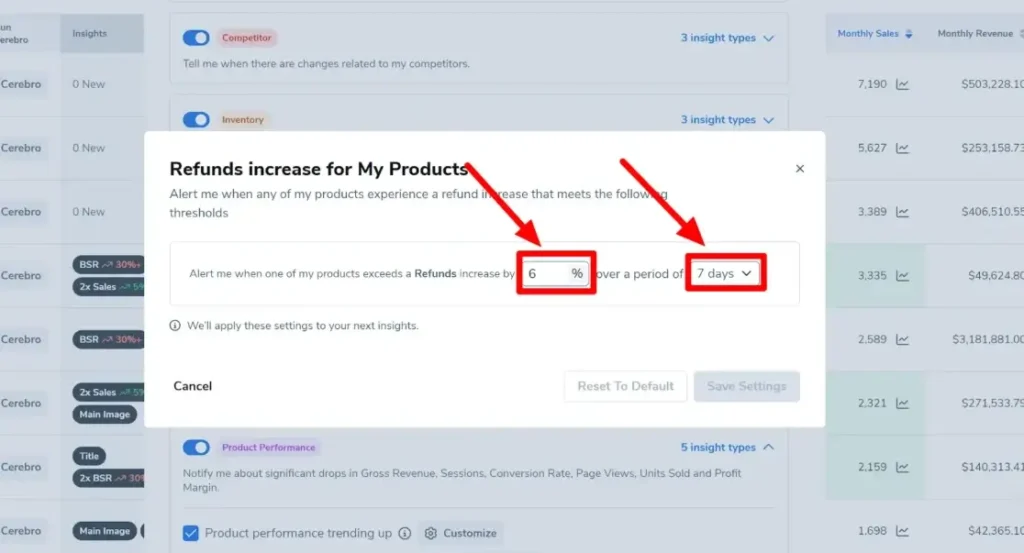
Reduce the Fees for Fulfillment via FBA
For standard-sized items, Amazon plans to lower the FBA fulfillment rates by $0.20 per unit, and for large bulky products, by $0.61 per unit. The more thorough approach to FBA Size Tiers, which helps sellers at the bottom of a tier, is the big news this year. The dates of these modifications are set for February 5, 2024, and April 15, 2024. The dates of these modifications are set for February 5, 2024, and April 15, 2024. Following the addition of additional granular levels, there will be a general cost decrease
of 4% for all size tiers. The Large Standard tier for 4 oz or less has the most reduction (5%) while the Large Standard tier for 2.75+ to 3lb has the least reduction (3%). Products under $10 will continue to get an extra $0.77 off per unit costs. With the Ships in Product Packaging (SIPP) program, qualifying items from Amazon will get a fulfillment charge savings ranging from $0.04 to $1.32, depending on the size and weight of the item.
These savings will take effect on February 5, 2024.
Enrolling SKUs can save money using the Ships in Product Packaging (SIPP) program, which is essentially a rebranding of Amazon’s Ships in Own Container (SIOC) effort. not only lowers expenses but also guarantees the use of minimal materials strong enough to withstand damage during shipment. Sellers who wish to join in the SIPP program can self-test and report their findings.
Diminish Monthly Storage Fee for Non-Peak
The off-peak months on Amazon are January through September. You’ll save money on the cost if you use Amazon FBA during that particular period. because low-level inventory fees are being introduced by Amazon.
The non-peak monthly storage charge for standard-size items will be reduced by $0.09 on average per cubic foot by Amazon. With this modification, the average charge per cubic foot will drop from $0.87 to $0.78. As of April 1, 2024, there will be a discounted monthly storage price for non-peak usage. With the exception of a $0.09 ($0.87 to $0.78) reduction per cubic square foot for standard-size items during the non-peak season (January to September) in 2024, monthly storage fees will essentially stay the same. By maximizing packing efficiency in
storage and avoiding having more inventory than what customers need, sellers may reduce expenses.
Minus Referral Charges for Clothing Items
Referral fees are being reduced by Amazon from up to 17% to 5% for clothing items priced under $20. Referral fees for goods priced between $15 and $20 will be changed from 17% to 10%. It’s crucial to remember that these modifications will not impact other referral fees. The updated pricing schedule will take effect on January 15, 2024.
Amazon Vine Fee Structure
The pricing structure for Amazon Vine is already in effect as of October 19, 2023. The cost is less than it was before. A single Vine enrollment cost, according on the number of enrolled units, will be assessed for each parent ASIN. Seven days following the publication of the first Vine
review, the costs will be assessed. You are not need to pay the Vine enrollment fee if you enroll in 1-2 units.
You must pay a $75 Vine enrollment fee for 3–10 units. The Vine enrollment cost is $200 for units 11–30.
Conclusion
Amazon has restructured its fees for 2024 in an attempt to strike a strategic balance between the demands of a dynamic marketplace and the needs of sellers. Fee adjustments may come with difficulties, but sellers have a window of opportunity for planning and possible improvements because of the gradual introduction and continuing discussion surrounding these changes. In order to successfully traverse the nuances of these changes, sellers are advised to keep themselves informed, use good strategy, and take advantage of all available tools. Amazon sellers in 2024 will be judged on their capacity to adapt to change, cut expenses, and differentiate themselves in a crowded market. Feel free to leave a comment below or send us an email at [email protected] if you have any questions about the New Fee Announcement.

